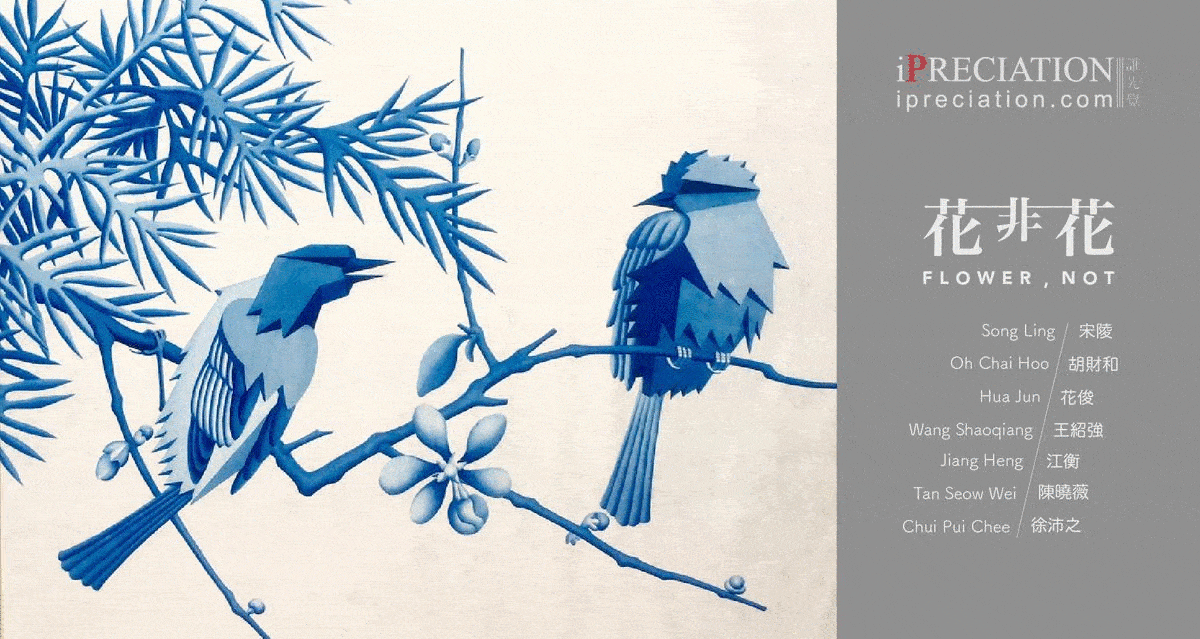Jiang Heng was born in Guangdong, China in 1972. After graduating from the Department of Fine Arts of South China Normal University with a Bachelor of Arts degree in 1996, he continued to pursue a Master’s degree and graduated two years later. In 2010, Jiang Heng was appointed as a Masters’ supervisor at his alma mater and he continues to serve the role today, as an Associate Professor.
He has exhibited in many group and solo exhibitions, which include: “Fine & Gentle” Solo Exhibition of Jiang Heng’s Work at Guangdong Museum of Art 2019; “Ink at Current” the 10th International Ink Art Biennale of Shenzhen at Overseas Chinese Town Contemporary Art Terminal (OCAT) 2019; “City as Museum” the 2nd Shenzhen Biennale of Contemporary Art at OCAT 2017; “Personal Structures” the 57th Venice Biennale at Palazzo Bembo, Plazzo Mora 2017; the 56th Venice Biennale Satellite Exhibition – “Highway to Hell” by Jiang Heng 2015; “Re-Modern” the 3rd Exhibition of Fine Arts Literature at Hubei Art Museum 2014; the 55th Venice Biennale Satellite Exhibition – “Voice of the Unseen” 2013; UNESCO First Art Collection of Chinese Contemporary Artist at UNESCO Headquarters 2012; “Fluttering Butterflies” Exhibition of Jiang Heng’s Art at Shanghai Art Museum 2009; the 54th Venice Biennale Satellite Exhibition-“Future Passport” that toured Venice, Rotterdam World Museum, National Taiwan Museum of Fine Arts and Today Art Museum 2011-2012; “Where Do We Go Now?” the 1st Moscow International Biennale of Young Artists at Moscow Museum of Modern Art 2008; “Art Asia” Art Basel Miami 2008; “The Third Nature – China Reconstruction” the 4th Guangzhou Triennial at Guangdong Museum of Art 2012; and the 1st Chengdu Biennale at Chengdu Modern Art Museum 2001.
Jiang Heng was the only Chinese contemporary artist amongst those whose works were collected by the headquarters of United Nations Educational, Scientific, and Cultural Organisation in Paris in 2012. His works are also permanently collected by many notable institutions and entities, including the Museo Nacional de las Cultural (Mexico), Museo Civico Belliniano (Italy), Guangdong Museum of Art (China), He Xiangning Art Museum (China), Mantova Youth Museum (Italy), Mingyuan Art Museum (China), Shenzhen Art Museum (China), Nanjing Sifang Art Museum (China), Nanjing Qinghe Art Museum (China), American Consulate General, and in organisations in Belgium, Korea, France, Australia, England and Switzerland.
Artwork Images












